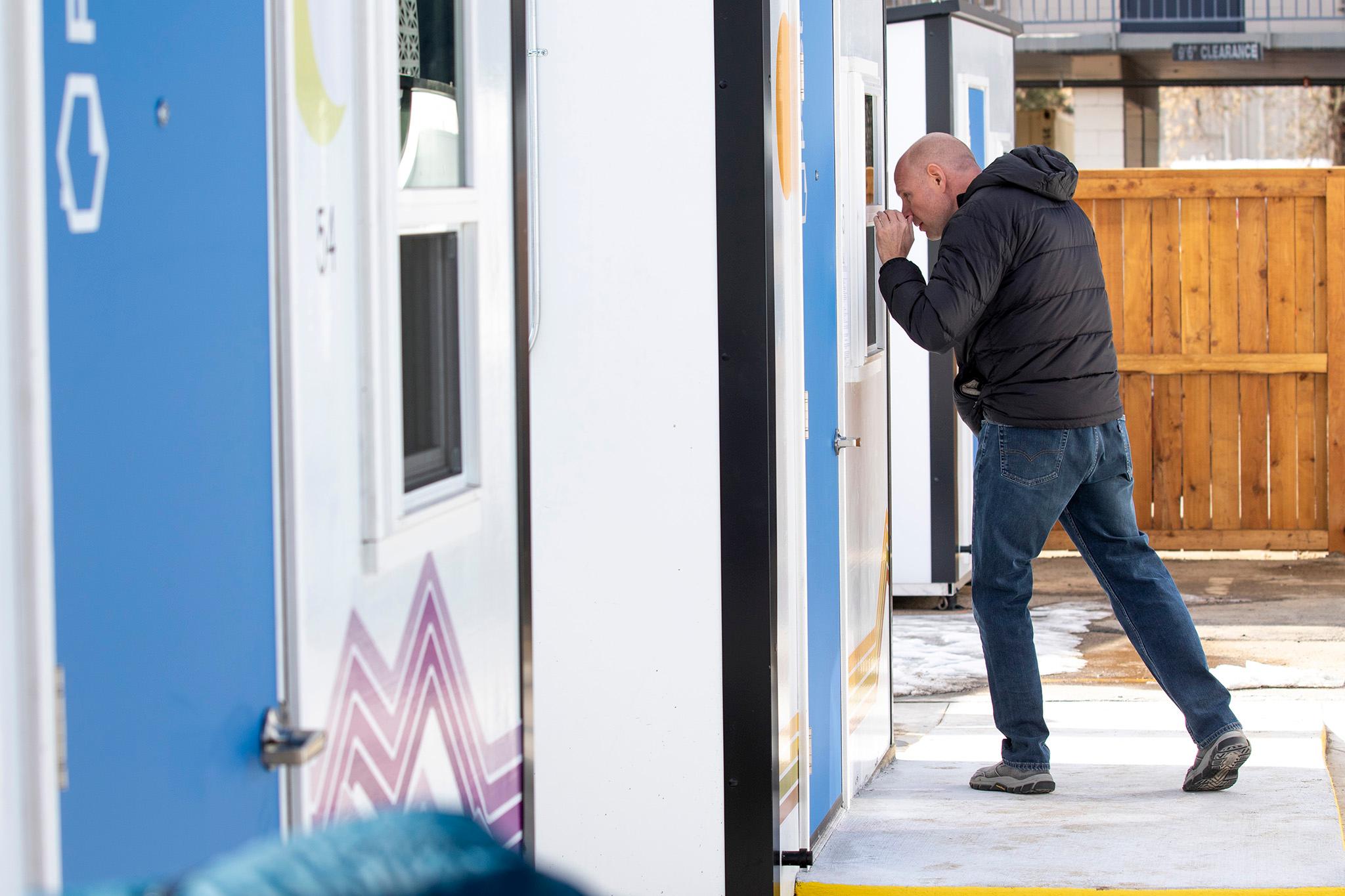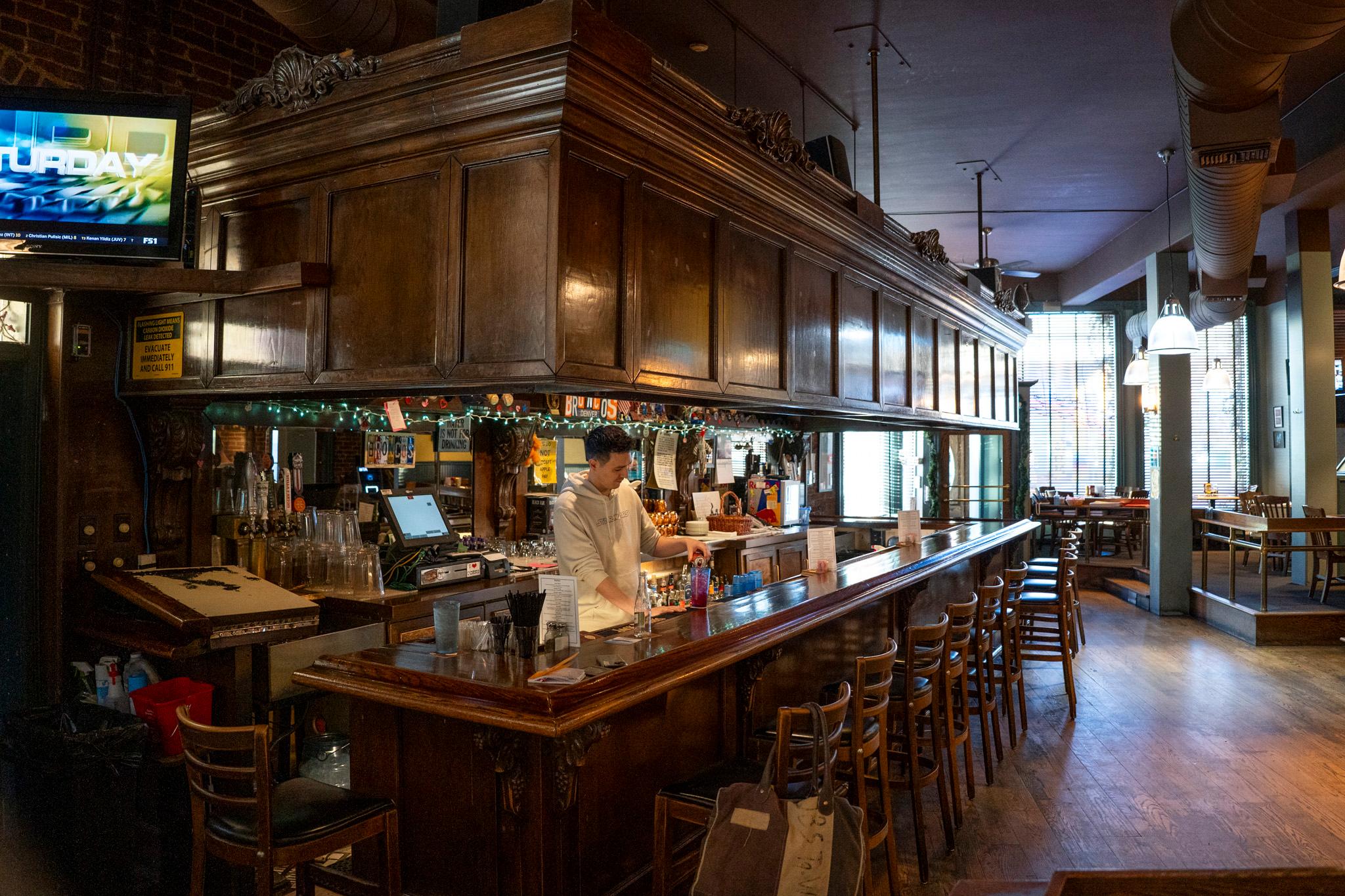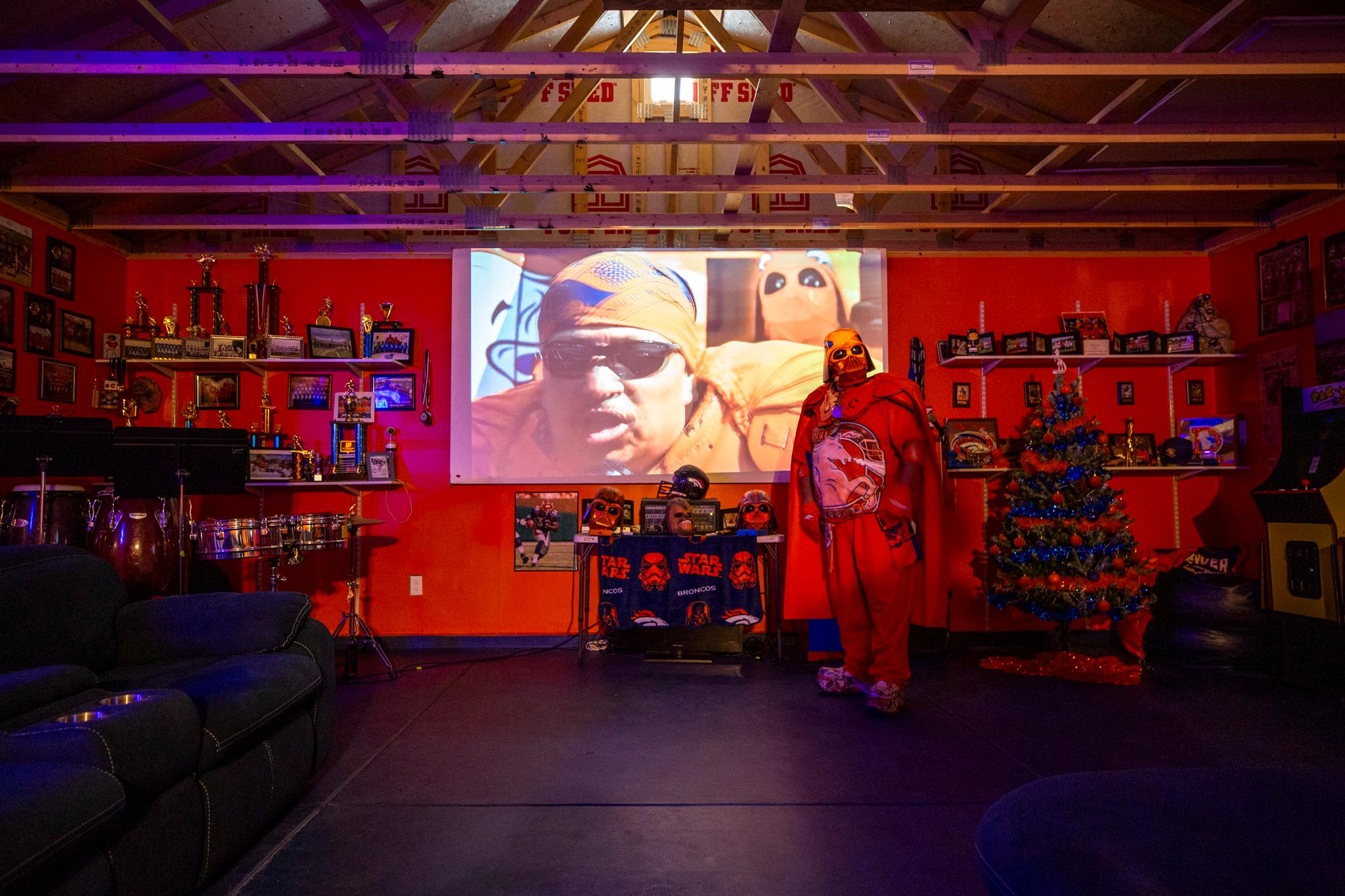The city of Denver has brought 1,950 people experiencing homelessness from the streets into more stable shelter since Mayor Mike Johnston took office last summer.
That’s according to data presented at a Denver City Council committee on Thursday.
And it means city workers are just 50 individuals away from reaching Johnston’s end-of-year goal of sheltering 2,000 people through the city’s All In Mile High program, which aims to end unsheltered homelessness by 2027.
Some of the people brought inside found permanent housing, though many are experiencing homelessness again. Dozens went to jail and 18 died. Most are still in long-term shelters.
With that milestone approaching, the city is pausing its efforts to add new motel and hotel rooms, tiny home villages and shelter spaces for the program.
Though the mayor said he would open transitional shelters in every council district, that never happened. And it doesn’t appear like it will any time soon.
“We’re not actively pursuing the addition of units,” Cole Chandler, the city’s senior adviser on homelessness, told city councilmembers on Thursday.
Meanwhile, the program has seen another positive outcome: For the first time, more people leaving the program are entering permanent housing, rather than returning to the streets.
The mayor has repeatedly pledged to end unsheltered homelessness by the end of his first term.
Johnston’s program, now called All In Mile High and originally called House1000, has been a signature of the administration.
On Johnston’s first full day in office, the new mayor declared a state of emergency in the city concerning homelessness. He spent his first six months in office bringing 1,000 people indoors and acquiring spots for those people to stay. The effort included buying motels and hotels, and acquiring land to build tiny home communities.
Doing so required negotiations with neighborhood organizations that objected to having housing for people experiencing homelessness brought to their neighborhoods. Months after the long-term shelters opened, those conversations are still raging in some districts.
Councilmember Flor Alvidrez told fellow councilmembers that in her district, negotiations over good neighbor agreements signed by All In Mile High shelter providers and neighborhood organizations are failing. While the nonprofits running the sites and the neighbors have made some headway in cohabitating, she said the mayor’s office has not offered the kind of support her community expects.
Though the city is not currently planning to open new shelters in other neighborhoods, Johnston’s spokesperson Jordan Fuja wrote in a message to Denverite, “that doesn’t mean we’re totally closing the door on future sites.”
With the current 1,200 units of shelter, Denver has enough space to serve the current unhoused population, she explained.
“As a result, we are able to shift our focus from transitional housing to increasing permanent housing resources,” she wrote. “Additionally, with the drop off in one-time federal funding resources and softening city revenues, we will work to utilize our $57.5M in funding for All In Mile High to maintain our existing infrastructure and continue to improve outcomes for individuals.”
Here’s what to know about All in Mile High, by the numbers.
Of the nearly 1,950 people brought indoors, 80 percent were still sheltered as of Sept. 19, the last time the All In Mile High dashboard was updated. That number includes those who are still in city-run shelters.
The average length of stay for residents in All In Mile High shelters, including those who just recently arrived, is 170 days.
Of those who exited the All In Mile High shelters, 36 percent are now in permanent housing, of which 192 are in leased units, and 39 were reunited with family.
Another 18 of the people brought indoors have since died, and 58 were jailed on criminal charges.
A total of 228 individuals are once again experiencing unsheltered homelessness. And the city has lost track of 81 people.
All In Mile High seems to be getting better at keeping people inside.
For the first time since the program began, the third quarter of the year saw more people exiting the All In Mile High program into shelter than onto the streets, reversing a grim trend.
In total, 283 people have moved from the shelters into permanent homes, while 240 have returned to homelessness.
“We're really happy with the outcomes that we saw in quarter three in that regard,” Chandler said. “And we have worked to continue improving upon that and continue learning and taking lessons that we've learned and implementing them as we move forward.“
Questions or comments for us about All In Mile High? Email [email protected].












